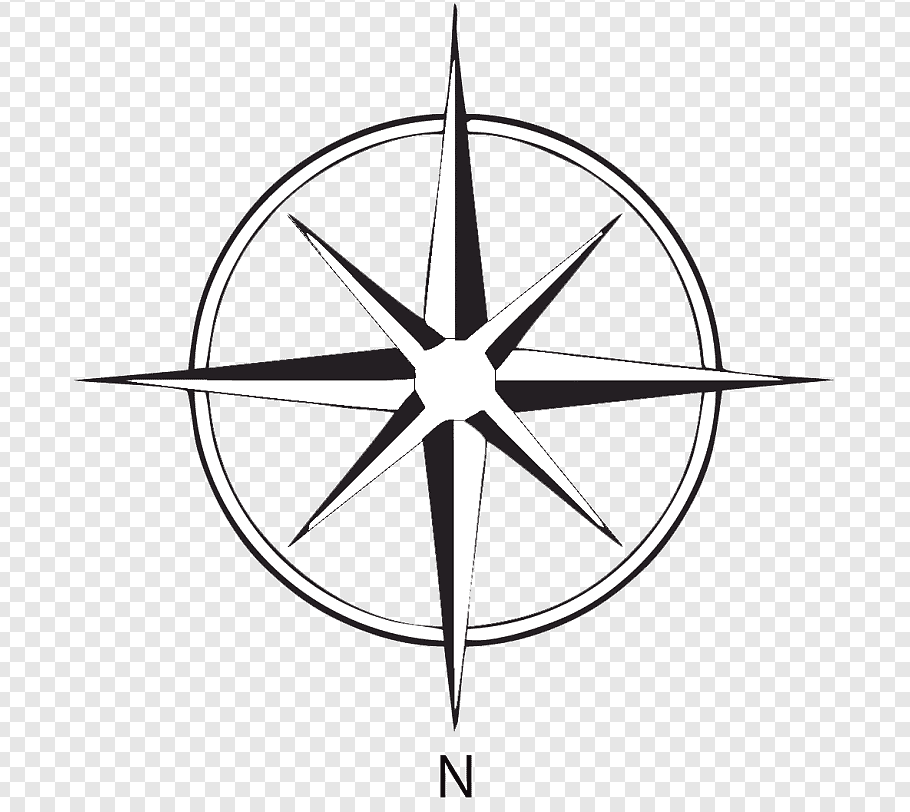Growing up there were four oceans: Arctic, Atlantic, Indian, and Pacific. From an East Coast of the US perspective the East Coast was the close one, the Pacific was on the other side of the country, the Arctic was up above Canada, and the Indian was on the other side of the world. Around the end of the millennium, there was a wholesale shift in the perspective of the ocean, no longer focused on the landmasses that formed their boundaries, but instead on the behavior of the water itself. At the center of this new perspective was a water current that formed around the perimeter of Antarctica. This current traversed the southern extents of the adjacent oceans, but had unique characteristics, distinguishing them as unlike the others.
So was born the Southern Ocean.
Today, our children learn about the world ocean, the concept that all our oceans are interconnected and related. In addition they learn about the five ocean basins: Arctic, Atlantic, Indian, Pacific, and Southern.
I have always been fascinated with the ways that shifts in perspective drive have such a profound impact on our world. Shifting sources of power from deities to the wealthy brought us the Magna Carta, and arguably capitalism. A shift in perspective on the origins of our nation’s strength brings us to a place of racial reconciliation. Restorative justice is a criminal justice model that is all about empathetic perspective shifts.
This site isn’t likely to change your view of the world, nor is it likely to birth a new ocean. But my hope is that The Northern Ocean will be an opportunity to tackle issues with an unexpected perspective, and in so doing expand our understanding of the challenges we face.
